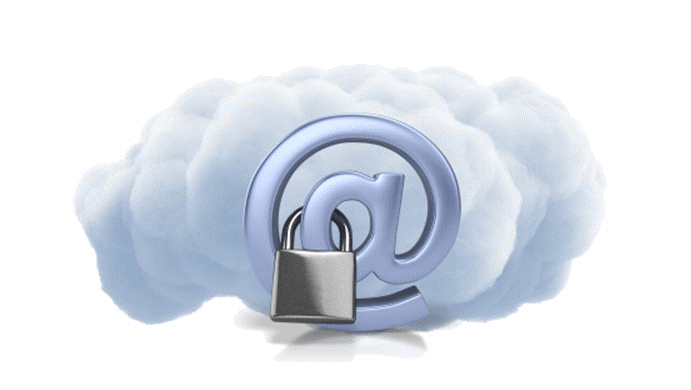Superior Protection with Cloud Based Spam Filtering from MailSafi

Beyond being annoying and distracting employees from their core responsibilities, spam and email threats are the source of over 90% of security threats to organizations resulting from email scams like CEO fraud attacks, ransomware, spear-phishing, etc., all of which can severely affect organizations. More and more organizations are investing in spam filtering solutions to mitigate the risks associated with email spam.
Traditionally, spam filters were physical devices installed on-premise to sieve through emails and only allow genuine emails to get through. The devices were programmed with various rules that would enable them to identify spam and email messages with malicious content - and then either delete them or direct them to a quarantine folder.
An equivalent option is now available in software form and can be installed on existing hardware. These software solutions perform the same role as the hardware device ones but are comparatively cheaper.
And now, there are cloud based spam filtering solutions that perform the same functions as hardware devices or software applications, except there are no hardware installations or software installations necessary. Filtering of all emails happens in the cloud (outside your network) before emails are delivered to your premises. This effectively makes cloud based spam filtering the simplest email protection solution to deploy.
Cloud based spam filtering has low maintenance overheads and requires significantly less capital to deploy. Licenses are subscription-based and typically purchased per user and it is therefore easy to scale. This makes cloud based spam filtering the most affordable anti-spam solution for most businesses today.



